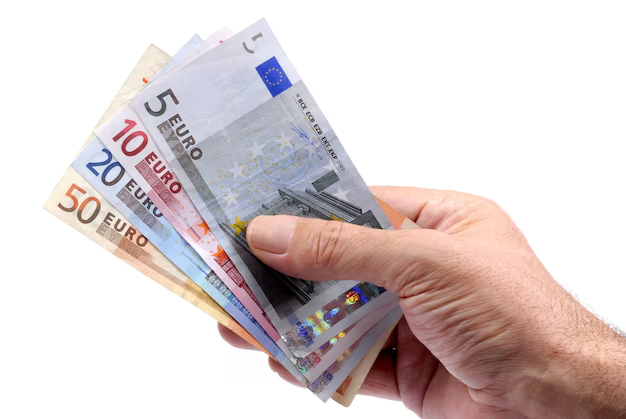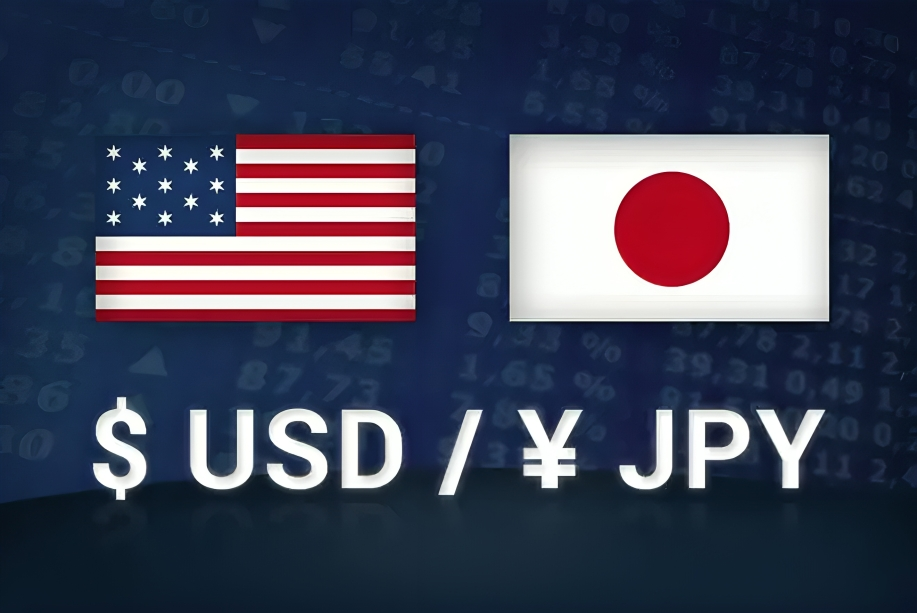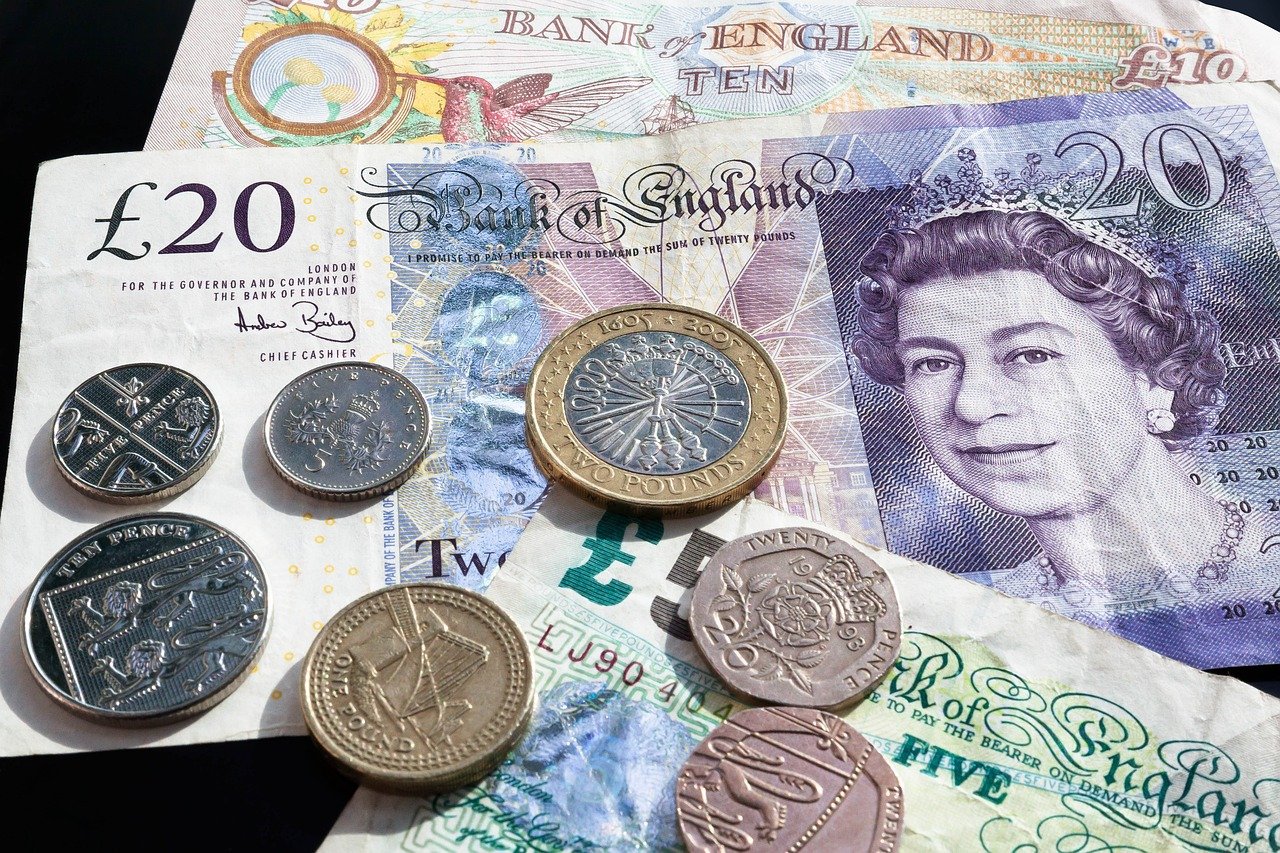EUR/USD stays firm at the 1.0800 level as investors await the highly expected interest rate decision of the European Central Bank (ECB), with a 25 bps rate cut to 2.5% on the cards. Market mood is influenced by Germany’s mooted 500 billion Euro infrastructure fund, which may affect inflation and economic growth. In the meantime, US President Trump’s temporary easing of car tariffs on Mexico and Canada has alleviated fears of a trade war, with the result that the US Dollar has weakened. Soft US private jobs data have also raised the prospect of a Federal Reserve interest rate cut in June. Now, investors wait for ECB President Christine Lagarde’s remarks and future US Nonfarm Payrolls (NFP) releases to guide the markets further.
KEY LOOKOUTS
• The European Central Bank is likely to reduce the Deposit Facility Rate by 25 bps to 2.5%, impacting EUR/USD price action and investor sentiment.
• Germany’s planned 500 billion Euro infrastructure fund and extended borrowing capacity may affect inflation expectations and the economic outlook of the Eurozone.
• Trump’s temporary easing of auto tariffs on Canada and Mexico has reduced trade tensions, but possible tariffs on German cars continue to be a major risk.
• Soft US private hiring data have fueled speculation of a rate cut by the Fed, which makes the release of Friday’s NFP a highly market-moving event.
EUR/USD continues to be a hot topic for traders as significant economic and policy events are played out. The ECB’s anticipated 25 bps rate cut to 2.5% has the potential to influence future monetary policy, while Germany’s planned 500 billion Euro infrastructure fund could fuel inflation and economic growth in the Eurozone. In addition, President Trump of the US has temporarily softened auto tariffs on Canada and Mexico, which has softened trade tensions but leaves uncertainty over possible tariffs on German automobiles. Furthermore, disappointing US private employment data have also spurred hopes for an interest rate cut by the Federal Reserve in June, and thus, coming Nonfarm Payrolls (NFP) release will be a pivotal driver in establishing the direction of the US Dollar.
EUR/USD remains steady around 1.0800 as the market looks to the ECB’s anticipated 25 bps rate reduction and Christine Lagarde’s comments. Germany’s infrastructure fund and US trade policy contribute to the uncertainty, while soft US jobs data drives speculation of a June Fed rate cut.
• The European Central Bank is anticipated to reduce the Deposit Facility Rate by 25 bps to 2.5%, influencing EUR/USD action.
• A planned 500 billion Euro infrastructure fund and eased borrowing ceilings could fuel inflation and economic growth in the Eurozone.
• Trump’s temporary easing of auto tariffs on Canada and Mexico softens trade tensions, but there is still uncertainty regarding possible tariffs on German cars.
• The US Dollar Index (DXY) has fallen for the fourth day in a row, trading around 104.00, its lowest since four months ago.
• Soft private sector employment growth has increased hopes of a June Federal Reserve rate reduction, impacting USD strength.
• The pair is still robust above the 200-day EMA, with the RSI > 60, which means bullish momentum.
• Market participants are monitoring the Nonfarm Payrolls (NFP) report closely for more cues on the direction of Fed monetary policy.
The EUR/USD pair remains steady as investors focus on the European Central Bank’s (ECB) upcoming interest rate decision. The ECB is widely expected to cut its Deposit Facility Rate by 25 basis points to 2.5%, marking the fifth consecutive reduction. This decision comes amid Germany’s proposed 500 billion Euro infrastructure fund, which aims to boost economic growth and could influence inflation in the Eurozone. Traders are eagerly waiting for ECB President Christine Lagarde’s post-decision remarks for signals about future policy guidance and the overall economic landscape. Meanwhile, market sentiments are still under pressure due to fears of possible US tariffs on European products, especially German cars.

EUR/USD Daily Price Chart

Chart Source: TradingView
On the international side, US trade actions and economic indicators continue to be major drivers of the forex market. US President Donald Trump’s temporary easing of automobile tariffs on Mexico and Canada has alleviated trade tensions, but uncertainty persists with possible tariffs on European goods. Separately, soft US private jobs data has fueled expectations of a Federal Reserve rate cut in June. Investors now await the Nonfarm Payrolls (NFP) report for additional insight into the health of the US labor market. Any meaningful changes in economic statistics or monetary policy decisions made by the Fed or ECB can influence currency trends in the near term.

TECHNICAL ANALYSIS
EUR/USD is well placed around the 1.0800 mark, demonstrating bullish sentiment on the charts. The pair has convincingly broken above the December 6 high of 1.0630, further strengthening an uptrend. It is still trading in excess of the 200-day Exponential Moving Average (EMA) at 1.0640, marking long-term robustness. 14-day Relative Strength Index (RSI) has surged above 60, a sign of extended buying pressure. On the down side, January 27’s high of 1.0533 is the critical support area, and the subsequent resistance point for Euro bulls is the November 6 high of 1.0937. In general, the technical perspective remains bullish for additional gains unless substantial bearish drivers arise.
FORECAST
EUR/USD might enjoy additional strength if the European Central Bank (ECB) takes a prudent stance even with the anticipated rate reduction. If ECB President Christine Lagarde provides cues of a diminished rate-cut pace in the future or hints at optimism regarding Eurozone economic rebound, the Euro can pick up momentum. Also, Germany’s planned infrastructure fund would help boost investor sentiment about the region’s growth prospects. A softer US Dollar, based on expectations of Federal Reserve rate cuts, might also sustain EUR/USD’s rally. In case the pair convincingly crosses above the 1.0937 resistance mark, it would test higher levels in the future sessions.
EUR/USD risks facing downward pressures if the ECB turns more dovish, reflecting further aggressive rate cuts. Any weakness in the Eurozone economics, notably in Germany, may put pressure on the Euro. Also, rising trade tensions between the US and Europe, particularly if President Trump goes through with increased tariffs on German autos, can put downward pressure on sentiment. Stronger-than-expected US Nonfarm Payrolls (NFP) may support the US Dollar, raising the prospect of a downside reversal. If EUR/USD falls below the 1.0640 support level, a further correction towards 1.0533 can be expected.







